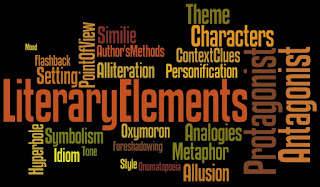Text Reflections: Graphic Novels

Chapter 14: Graphic Novels Graphic novels are for EVERYONE! By that, I mean that since they cover every type of literature, there is a graphic novel out there for every person’s preferences. They are a great, and variable, combinations of text and illustration that tell a story at various levels of complexity for readers of all capabilities. There are some that are simple enough for my 3 year old to figure out the storyline for and then there is “ No Fear Shakespeare: Macbeth.” Because of their illustrations that back up text, graphic novels can be really great tools to help readers understand more of what they are reading. Also, many readers are more likely to read if there are “pictures” to break of the monotony of words, (blasphemy, I know). The joy of graphic novels is that they can convey more that mere words to the reader! If the vocabulary is a little elevated, there are images to reinforce meaning! The graphics and text reinforce each other constantly







